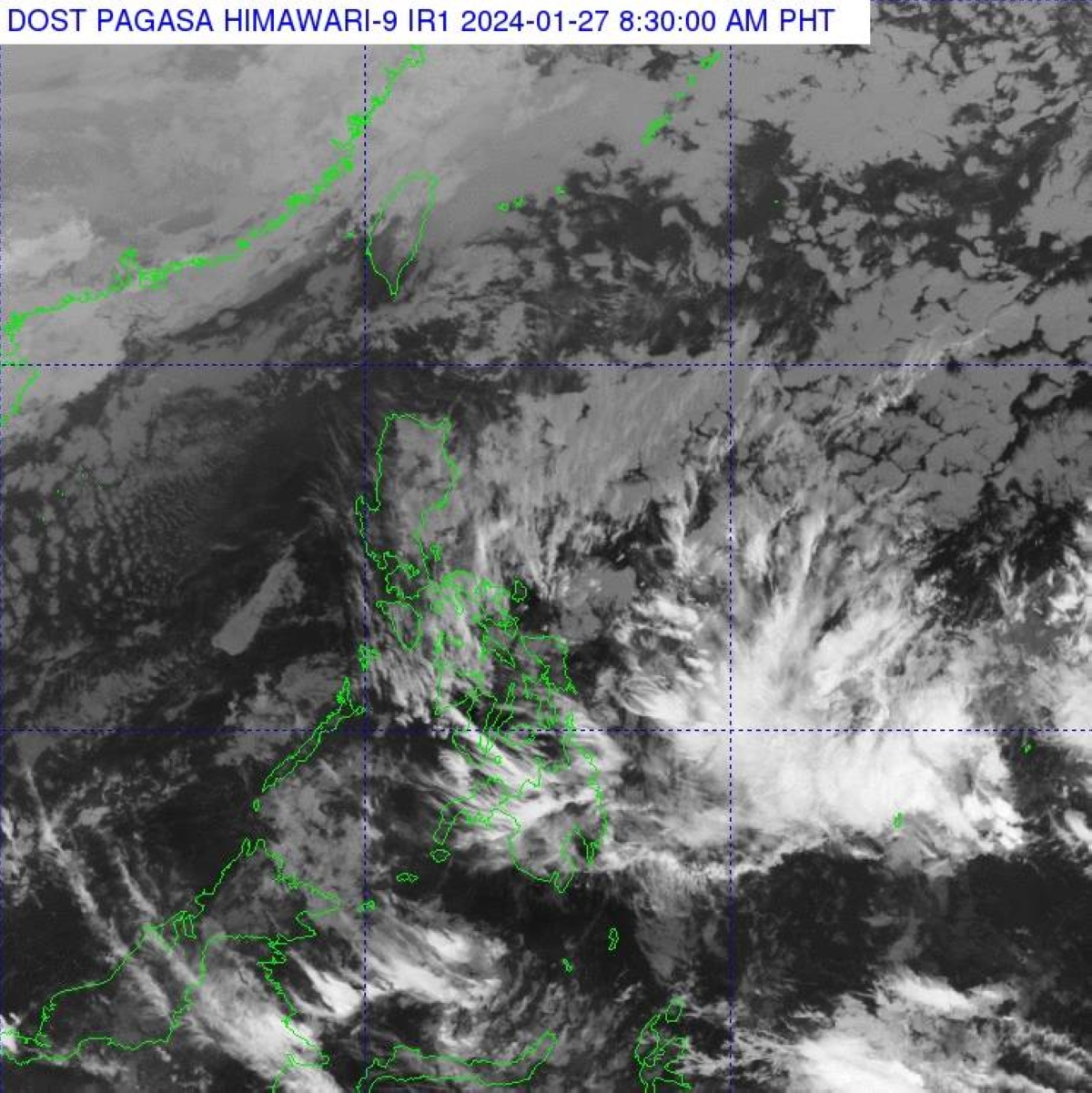MANILA, Philippines: The state weather bureau has announced that while the shear line has weakened, the northeast monsoon, known locally as “amihan,” has intensified and is now affecting the entire archipelago. This means that the cold nights and mornings will persist until next month, according to Nathaniel Servando, the Chief of the Philippine Atmospheric Geophysical and Astronomical Services Administration (Pagasa).
Weather specialist Daniel James Villamil added that the effect of the northeast monsoon will be felt across the country over the next 24 hours. This intensification of the amihan will bring changes in weather patterns and temperatures nationwide.
“While the shear line weakens, the effect of amihan has increased, affecting the entire country,” explained Villamil, a forecaster at Pagasa. The northeast monsoon, characterized by the movement of cold air from Siberia passing over East Asia, typically brings cooler temperatures and stronger winds during the winter months in the Philippines.
However, despite the intensified amihan, the shear line, where hot and cold air converge, will continue to bring scattered rain showers and thunderstorms to Northern Mindanao, Caraga, and Davao Regions. These areas will experience a mix of weather conditions due to the interaction of the two weather systems.
For Metro Manila and the rest of the country, partly cloudy to overcast skies with isolated light rains are expected. These weather conditions are also attributed to the amihan, as the cold air pushes moisture and creates localized cloud formations.
It is important to note that the northeast monsoon, or amihan, is a significant weather phenomenon in the Philippines. It plays a crucial role in shaping the country’s climate and is responsible for bringing cooler temperatures and changes in weather patterns during the winter months. The amihan affects various aspects of daily life, from clothing choices to agricultural practices.
The impact of the amihan on the Philippines can be seen in the cultural practices and traditions of the Filipino people. During this season, Filipinos often wear warmer clothing, such as jackets and sweaters, to protect themselves from the cold weather. It is also common to see street vendors selling hot beverages like coffee and hot chocolate to provide warmth to passersby.
In the agricultural sector, the amihan affects the planting and harvesting seasons. Farmers take advantage of the cooler temperatures and increased moisture brought by the northeast monsoon to grow crops such as rice, corn, and vegetables. The amihan also influences fishing activities, as certain fish species migrate to different areas during this time.
As the northeast monsoon intensifies and continues to affect the entire Philippines, it is essential for residents and visitors to stay updated with the latest weather advisories from Pagasa. Being aware of the changing weather conditions can help individuals make informed decisions and take necessary precautions to ensure their safety and well-being.
In conclusion, the intensified northeast monsoon, or amihan, is bringing cold weather to the entire Philippines. While the shear line weakens, the amihan’s impact has increased, resulting in cooler temperatures and changes in weather patterns nationwide. It is crucial for everyone to stay informed and prepared for the effects of the amihan, as it plays a significant role in shaping the country’s climate and daily life.
Source: The Manila Times








